Ultimate Guide to Proper Fruit and Vegetable Storage for Restaurants
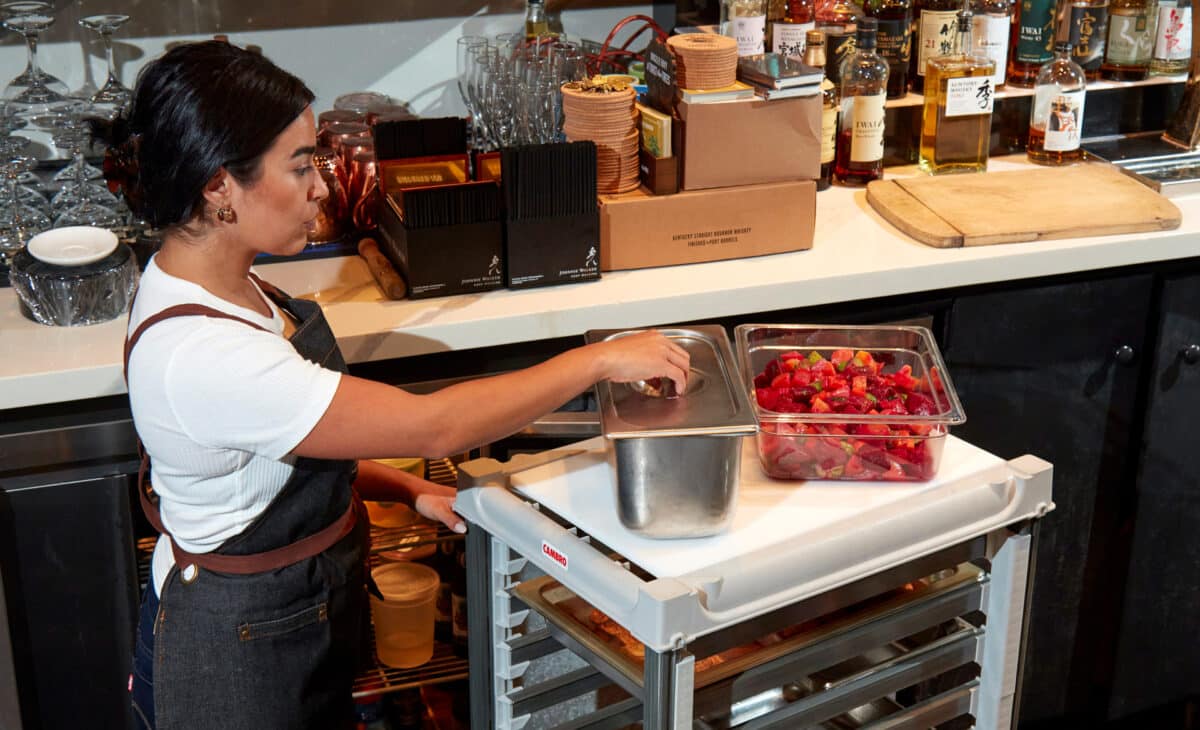
Vegetable Storage and How to Keep Fruit Fresh — The Ultimate Guide for Foodservice
What if I told you a secret trick for providing your customers the best possible experience and protecting your bottom line was as simple as how you store produce?
By staying organized and keeping food from spoiling, you can avoid waste and create a more delicious experience for your customers all at once — a win-win if ever there was one. And you can leverage how freezing can help you use overstock wisely. So how do you do it?
How proper fruit and vegetable storage can help your restaurant
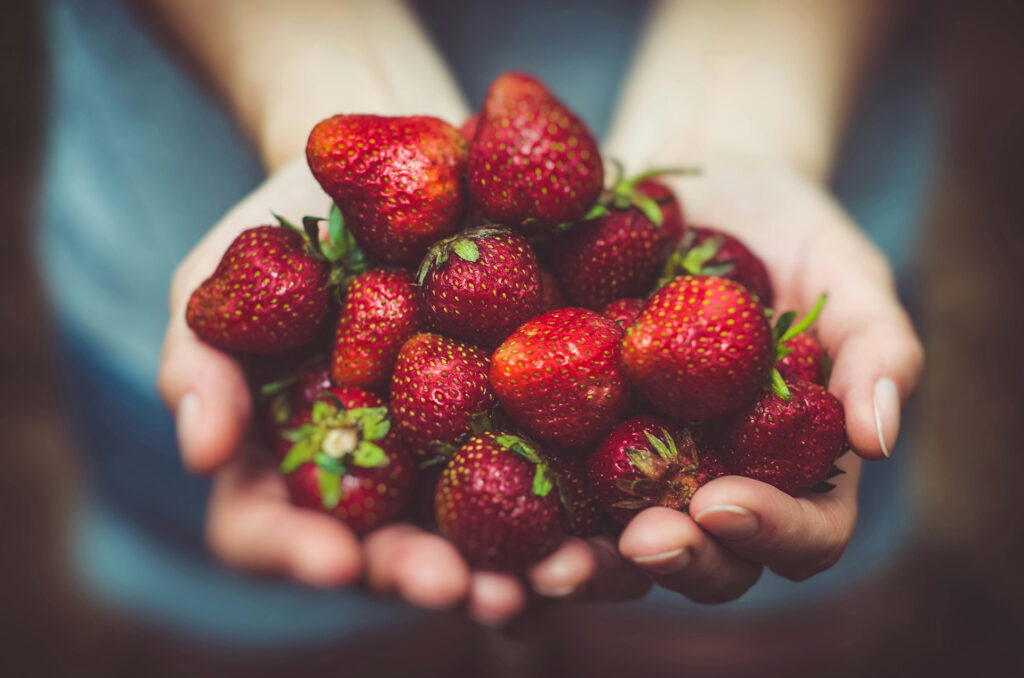
Restaurants distinguish themselves in a number of ways — quality of recipes, quality of preparation, environment — but few are as important as freshness!
Providing flavorful fruits and vegetables in your meals is a huge difference-maker. Nobody would choose to use produce that isn’t the freshest and tastiest possible! But unless you plan on starting a farm in your parking lot, with fruits and veggies from around the world, learning how to keep your produce at its best is key to delivering quality that elevates your menu.
Keeping produce fresh is also good for your bottom line. A fresher, better dish will keep customers coming back, and willing to pay for the extra care and quality. You’ll also be able to avoid throwing money away on food spoilage and waste. The amount of money you will save by not throwing out fruits and vegetables that spoil will easily offset investments in storage and time spent thinking through the issue. Given rising food costs, being smart about storage is especially important. And there are real numbers backing up that importance.
Why storage of produce is so difficult in a restaurant
You’re probably familiar in your personal life with coming back from the store and putting food away as a kind of jigsaw puzzle. Extrapolate that to a restaurant that has to feed hundreds of customers a day and you have increased the difficulty, and necessity, of food storage immensely! If you aren’t paying attention, food waste really adds up. A recent study showed a single restaurant can produce 25,000-75,000 pounds of food waste in a year, a huge sustainability burden in addition to wasted money to the tune of tens of thousands of dollars. 21 percent of the food waste produced by restaurants comes from spillage, according to the Waste and Resources Action Program.
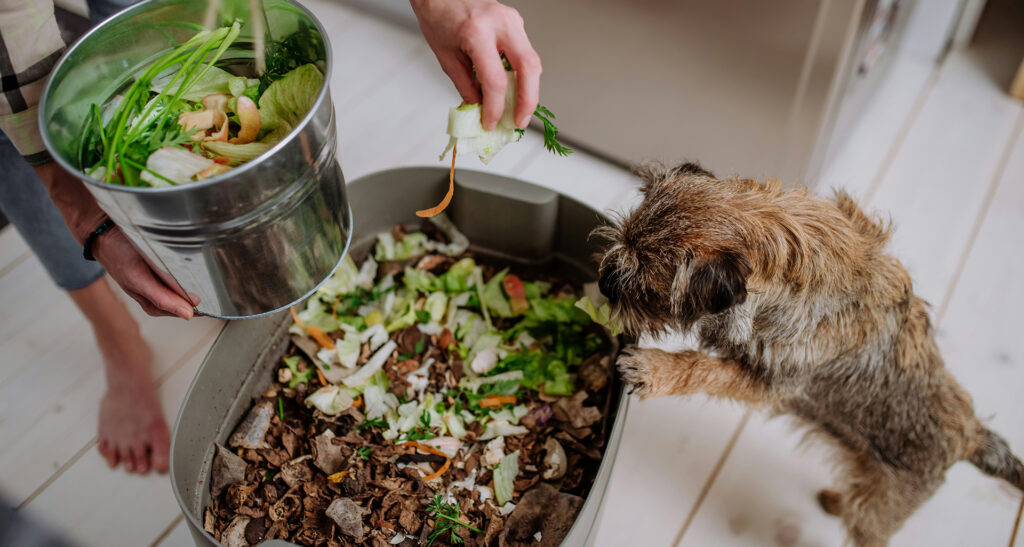
So finding ways to minimize waste really matters. Studies show that for every dollar invested in reducing waste, anywhere from $7 to $14 is saved in operating costs. That’s a pretty big return on investment!
If we can all agree that food storage is important, why then is it so difficult?
Tracking inventory challenges
Managing inventory is a key task for any restaurant owner that requires the help of staff throughout the restaurant. Keeping up with demand for frozen or non-perishable goods is one thing, but fresh produce is more challenging. Not having the right system in place to have suppliers bring produce in a timely, cost-effective way can contribute to food waste significantly.
Storage system
In a busy kitchen, it can feel challenging to stay organized, but it makes a difference — especially with produce! And it isn’t as simple as just putting food that should be refrigerated in the fridge. Storing produce well depends on your knowledge of each piece and in particular, if the food produces ethylene or is sensitive to it.
What is ethylene? It’s not Jolene’s little sister (apologies to Dolly Parton). It’s a naturally occurring plant hormone that some fruits produce that quickens the ripening process. Some plants produce a lot of it; others produce less, but are sensitive to its influence. Ethylene comes out of fruits as a natural gas, so what you want to achieve in your storage system is to have your ethylene-sensitive produce isolated from your ethylene-emitters. If you don’t have that in place, you’ll keep wondering why your food spoils so fast. (Note: Tomatoes and peppers produce ethylene … but they are technically fruit!)
Rotation system
If you aren’t rotating older produce to the front of your refrigerator, even during busy times, you’ll end up having more food spoilage than if you were organized. It’s a simple but important thing to remember.
Seasonality and freshness
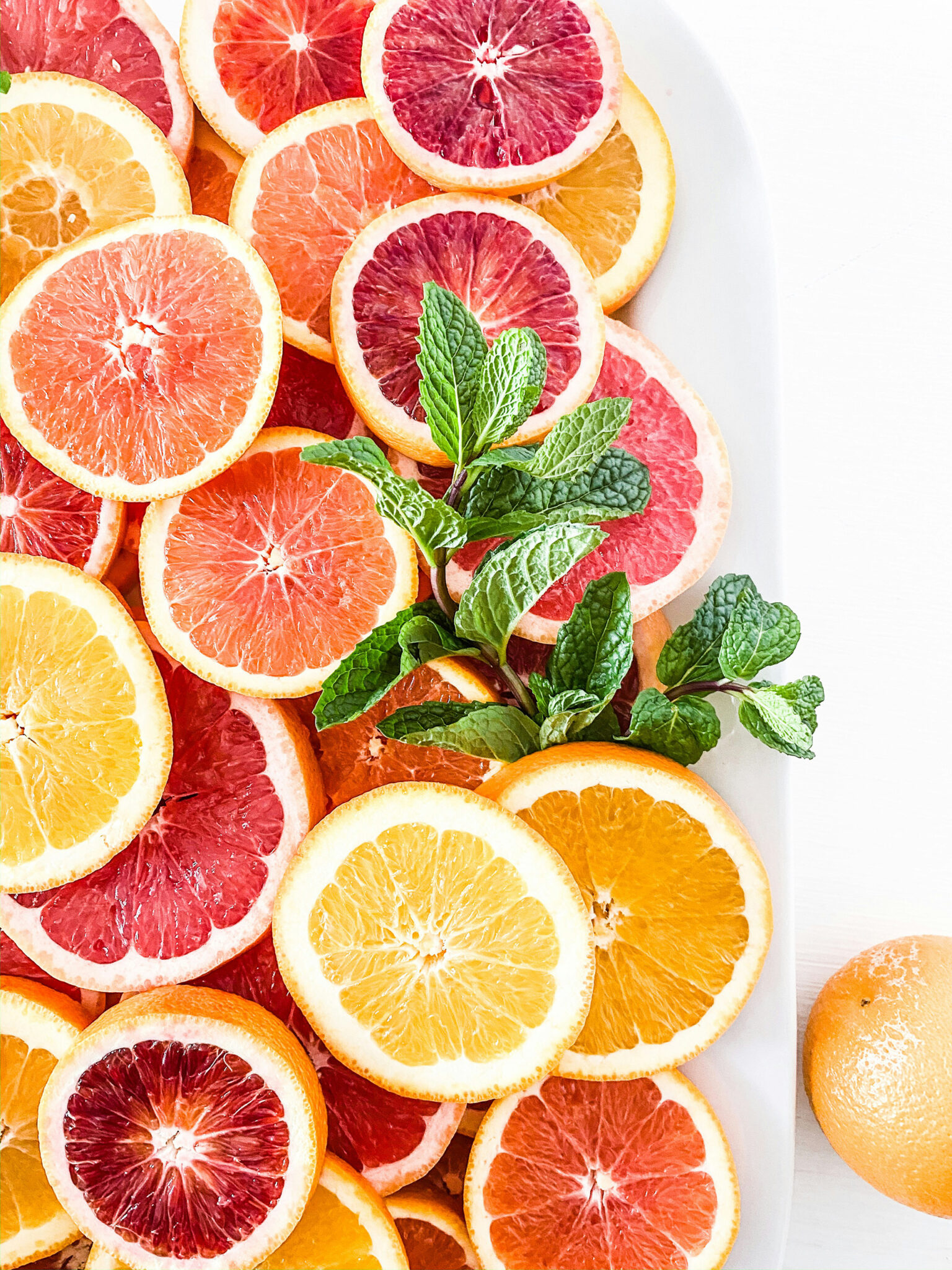
In ordering food for your restaurant you also have to be aware of how long it takes the produce to get there to you. You can’t control how your produce is stored on its way. This is another significant challenge when it comes to freshness.
Bad information
Maybe you don’t know the exact needs of all the produce that comes into your restaurant, or your staff doesn’t know. Maybe your staff is washing when they should not wash, or storing produce in literally the wrong way. And that’s one thing we can immediately address!
How long does fruit last in the fridge?
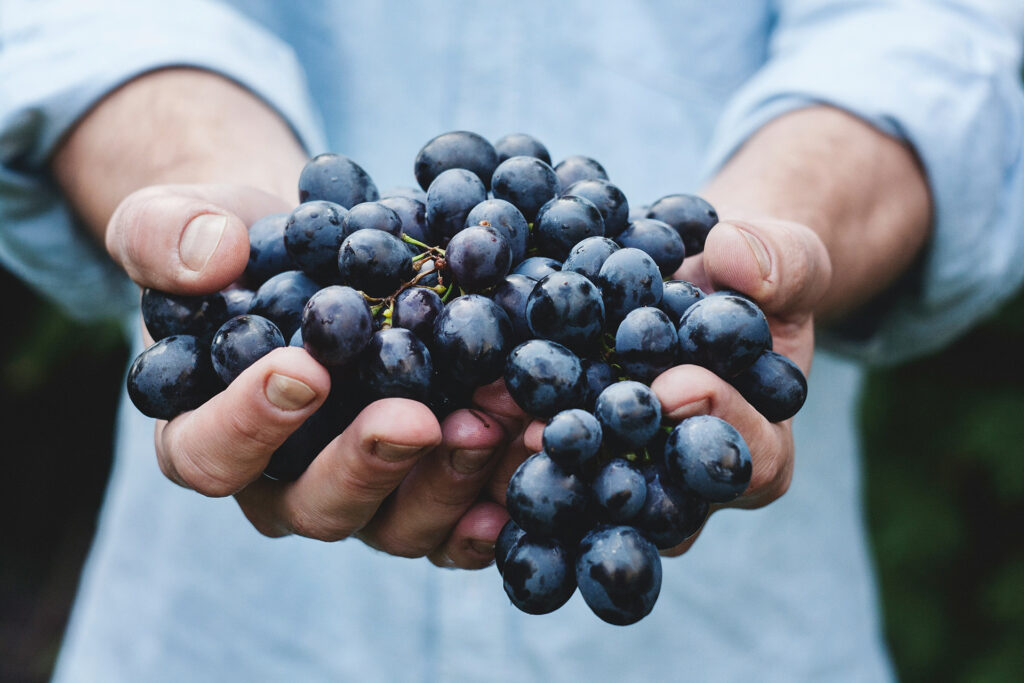
Each fruit is different, and learning how long each stays fresh in the fridge can directly impact your inventory management. Keep these time frames in mind in considering how to store fruit.
Fruit that lasts a long time in the fridge: Apples (2 months), Cranberries (2-4 months), Pomegranates (2 months), Tangerines (2-6 weeks)
Fruit that lasts a moderate amount of time in the fridge: Apricots (1-3 weeks), Nectarines (2-4 weeks)
Fruit that lasts a short time in the fridge: Blackberries (3-6 days), Blueberries (1-2 weeks), Cherries (4-10 days), Figs (5-7 days), Oranges (10 days), Peaches (3-5 days), Pears (5-12 days), Plums (3-5 days), Raspberries (1-7 days), Strawberries (3-7 days)
If food is beginning to spoil, it’s important to toss it for the safety of your customers. Mushy textures, bad smells and mold will signal when it’s time for the food to go.
All this information may make you want to open an apple restaurant, but we assure you, you can manage all these competing fruit needs with a smart storage system and the right equipment.
Best practices for storing fruit
Diversifying your menu means relying on fruit and veggies all over the storage spectrum and trying to serve them as freshly as possible. Here’s what you have to look for:
Ripeness
Each fruit you deal with will signal it is ripe in its own way. Bananas, for instance, are best purchased green and left to ripen outside refrigeration. (They also provide a great example of how to use ugly or overripe fruit — banana bread, anyone?) Avocados are the same. Apricots, cantaloupe, kiwi, peaches, pears and other foods will continue to ripen after being picked, so you will want to store them if they are unripe outside of the fridge (then move them into the fridge when ripe). Almost any fruit, with the exception of persimmons, can go in the fridge to keep it a few extra days when ripe.
Temperature
It’s important to not just jam all your fruit in the refrigerator. Some fruit, like melons, bananas, avocadoes, and so on, need to hang out outside a fridge for maximum freshness, texture and flavor. See our chart below for specific tips on this.
Humidity
You are no doubt familiar with the crisper drawer. Did you know it is also called a humidity drawer? You can fiddle with the settings of your drawer to be low or high humidity (this is also why having expansive refrigeration options is important in a restaurant). Ethylene-sensitive foods that are vulnerable to wilting should be kept in a high-humidity crisper drawer that restricts airflow. Put your ethylene-producing fruit that can rot easily, like avocados, apples, pears and pitted fruit in a low humidity crisper drawer. Why? The low humidity setting allows more airflow into the drawer, so those ethylene gasses can escape.
Keeping all this information in your head is difficult, but properly labeling your refrigeration and producing storage spaces can make the task of organizing so much easier. Make sure you invest in high-quality refrigeration units that offer the setting flexibility and capacity to keep all your fruit at its freshest. Having enough refrigerator space to optimally store fruit is important when it comes to how to keep fruit fresh.
One thing to note is that most commercial refrigerators do not come with a crisper drawer. Those are features of residential refrigerators. But never fear! Storing your produce in a food storage container will help control airflow and provide clear visibility of your fruits or vegetables while also protecting them from other ingredients that may give off gasses such as ethylene.
How long do vegetables last in the fridge?
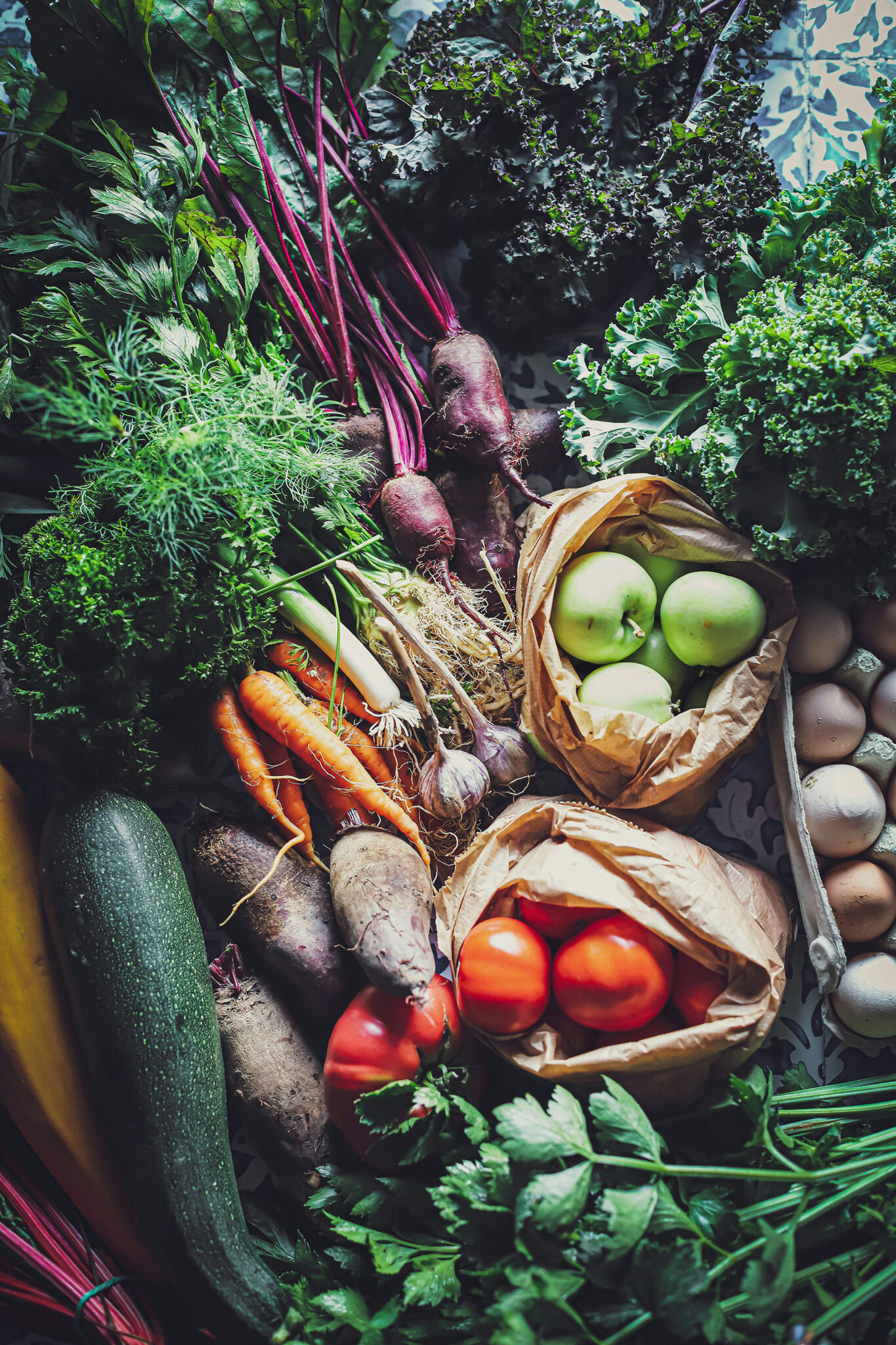
Vegetables overall are less of an ethylene concern than fruit in terms of production but can be sensitive to it. So do not store vegetables with ethylene-producing fruit. Root vegetables and leafy greens like being refrigerated — the storage time varies but they will generally last from a week to 3 weeks or more. Tomatoes, unless already ripe, do not and will not ripen properly in the fridge. Keep them outside, away from sunlight, stem-side down, and do not bunch them so they can ripe properly. Potatoes also do not belong in the fridge — it will affect their flavor and turn starch to sugar. Keep them dry and do not store them in a sealed container.
If your veggies are getting spoiled, you can often smell it or see it — wilting, pulpy textures, and discolored veggies have got to go.
Best practices for how to storage vegetables
Your leafy greens, broccoli, cucumbers, and lettuce can all be stored in a high-humidity crisper drawer or food storage container. A best practice is to avoid storing your veggies with fruit altogether, as the ethylene from fruit can make them spoil too rapidly. But when you put veggies in the high-humidity drawer, try to give them air first (they won’t have much once they’re in the drawer) — cauliflower, for example, often comes wrapped in plastic, so you want to open the top of the plastic. Before you put anything in the crisper, make sure it is dry. Veggies spoil most quickly when exposed to moisture and the wrong temperatures, or fluctuating temperatures. If a veggie is hot when it gets to you (from being in the sun, for instance) let it return to room temperature before you store it. For greens, wash them first, then dry them, and put towels between the leaves so they don’t produce condensation that lends a spoiling effect.
Remember, veggies are, after all, plants, and they are susceptible to moisture and heat spoiling them, just as they are in your garden.
When it comes to onions, potatoes, winter squash, sweet potatoes, tomatoes (yes, they’re a fruit, but still) and corn, for maximum freshness, keep them out of the fridge altogether.
Freezing and food saving
It may seem contrary to the goals of freshness to think about how and when you should freeze produce, but it’s a great way to avoid food waste and to lean into applications where frozen food may even be a benefit, like smoothies, soups or casseroles. And having your in-season fruit fresh and frozen by you is better than buying it bagged from a store. For most fruit and veggies, you will maintain the nutritional value, and for many, if you freeze some immediately, with some set aside for the freshest possible use, you’re actually doing your business a big favor — fruits and veggies lose nutrients as soon as they are picked, so you’re locking in those nutrients for meals to come far down the line. Storing those items by using a food saver or vacuum sealer can give you the maximum freshness and shelf life possible.
Some fruits and veggies actually thrive in the freezer, where you can lock in seasonal freshness in ways you can’t over the rest of the year.
Check out our comprehensive produce storage chart for a guide on how to use the produce you have and maximize its lifespan — and also maximize the creative ways you can use the produce you paid for in your menu.
Produce storage chart
As foodservice professionals, we are blessed with an incredible variety of fresh fruits and vegetables we can use to make our menus sing and to share with our customers the abundance of the natural world. Making smart and flavorful choices in how you store foods means making smart choices in how you acquire equipment to keep food at the right temperature and in the right place. By putting in place the right setup for your fresh produce, you’ll be maximizing your return on investment in food costs for a long time. Contact the experts at Eleven36 for help in picking out the refrigeration equipment that will turn the back of your house into the freshest cornucopia in town!
